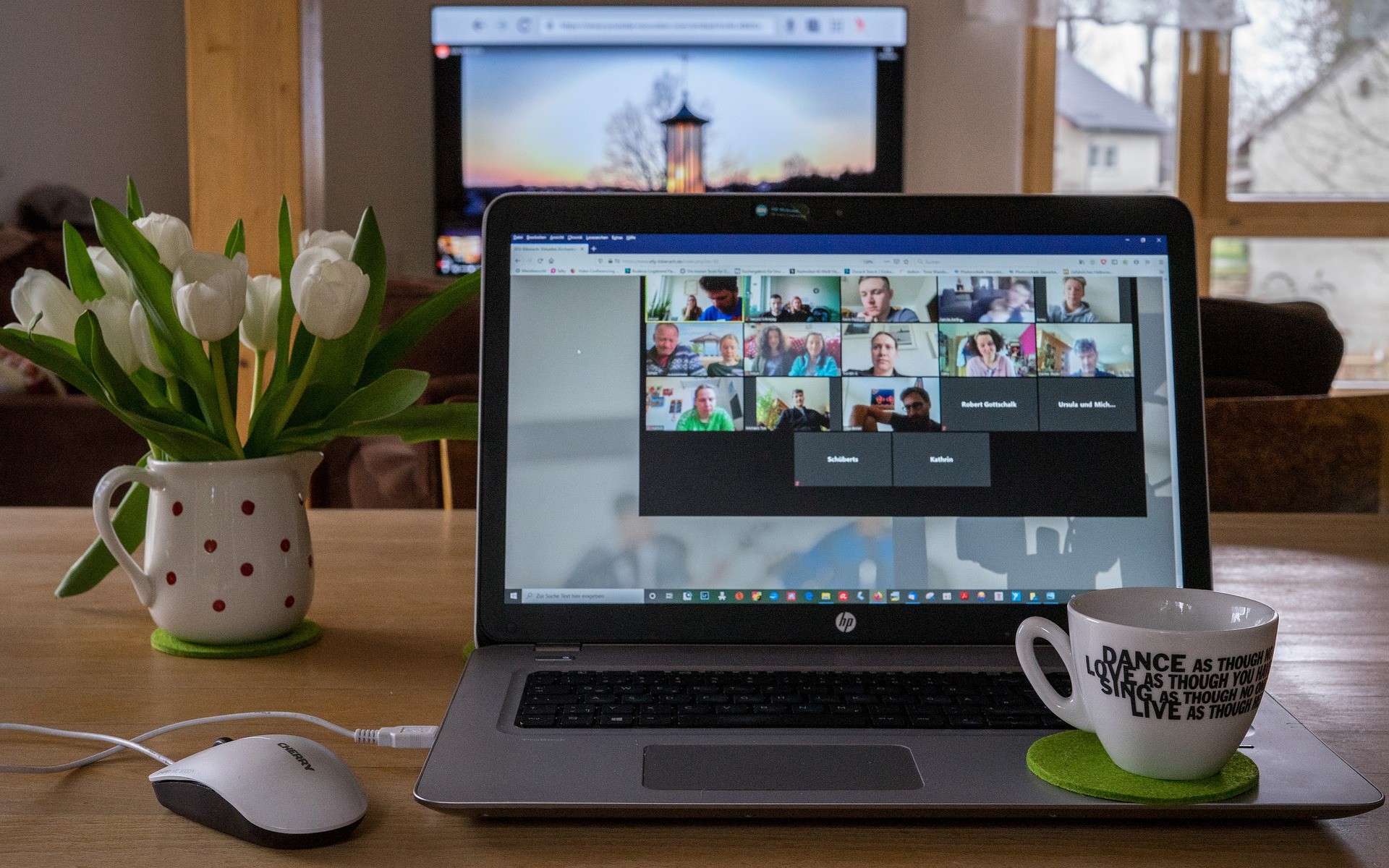Business owners don’t often think about where their documents are stored. They typically have a staff of people who handle that for them. If you want to speed your business up and make it easier to store, search, and retrieve the documents you need, a Document Management System (DMS) might be right for you. Here are five good reasons why moving to document management can surely be a benefit for your business.
Cost of Office Space
Square footage can get pretty expensive. The more physical documents your business needs to store, the more space is taken up storing them. It stands to reason that you wouldn’t want to pay premium prices for a bunch of file cabinets. With a DMS, your staff would simply scan the document and then you can store it anywhere. You can reduce the price you pay in mortgage and rent costs by storing the files you once stored onsite in a place where square footage isn’t quite so expensive, while still having constant access to the digital copy of the file.
File Security
Document management provides a secure system in which to save your documents. Traditional thought would dictate that saving physical files would provide better access control, but with physical security, costs increase dramatically. Any DMS will provide your company the ability to control documents at the folder level, giving you a level of control over your information that’s as good as any a physical security system can provide. Additionally, any documents stored inside a DMS have an associated audit trail, giving administrators the transparency needed to manage system security.
Access and Speed
This is where the DMS starts to pay for itself. The time it takes to file and find physical documents costs businesses a lot of money. According to one industry study, it costs over $20 for businesses to file a single paper document, and if some part of the file management chain fails, those costs increase substantially. A DMS provides fast access to your organization’s documents and the ability to print documents in seconds, saving a lot of capital that could better be spent elsewhere.
Seamless Collaboration
Today, improving collaboration is a key business strategy. Using a solid DMS, sharing information is much easier and far more efficient. You don’t have to send someone to look for a document for half an hour, simply search for it in the DMS and it’s there in seconds.
Improved Compliance
Most businesses have to comply with some type of regulatory standard. By using a DMS to store your documents, your organization can significantly reduce the risks associated with non-compliance, even for the most complex regulations.
Today’s document management systems are more powerful and dynamic than any in the past and can be a huge time and money-saver for your business. To talk to one of our technicians about document management today, call AE Technology Group, a WheelHouse IT company, at (877) 771-2384.






